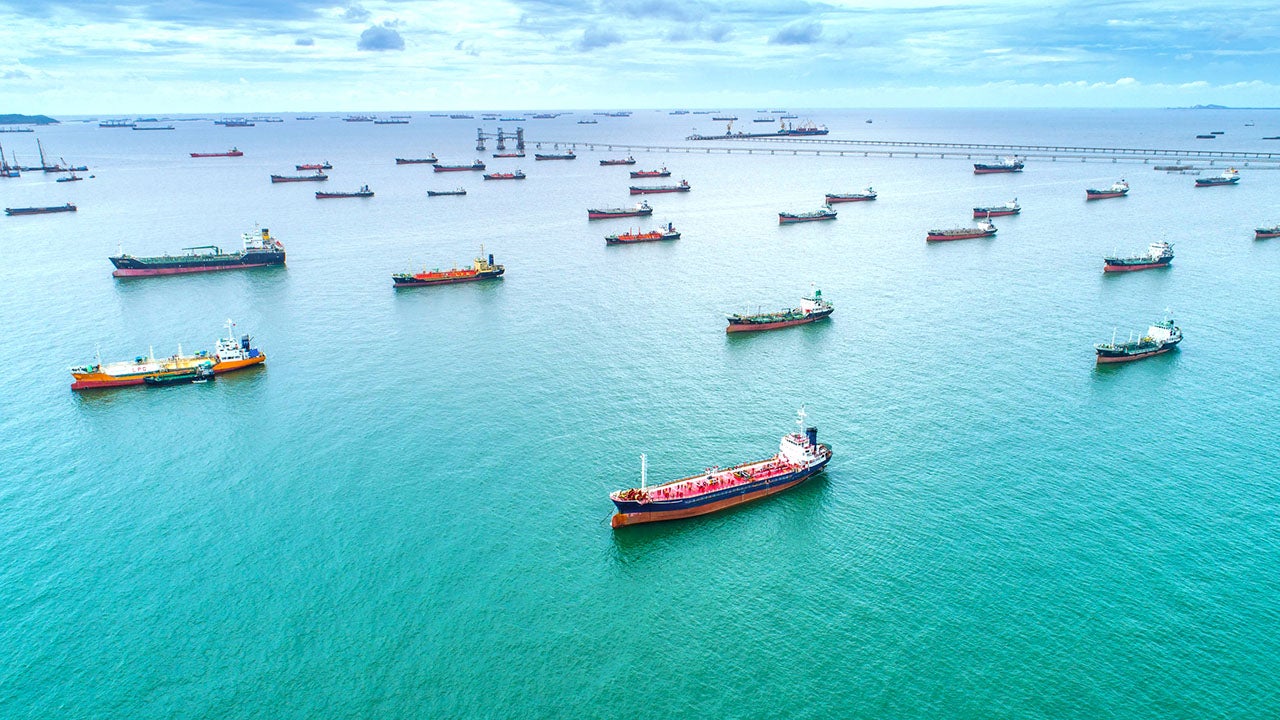No less than 70% of the world’s fresh water is used in agriculture to irrigate crops and feed animals. But a rapidly warming climate means water shortages will be more frequent and severe. For the world’s farmers, the status quo is unsustainable. Climate change is threatening our land. Extreme weather has become the norm. Many farmers are also facing an onslaught of livestock- and crop-imperiling pests. Looming water shortages threaten to make a bad situation worse.
The good news is that we can address this crisis with an investment in technological solutions. This week’s Biden Climate Summit is an opportunity for countries to forge new agricultural research partnerships. Collaborative research by the United States and highly vulnerable, but well-resourced desert nations like the United Arab Emirates could have a transformational impact on feeding the world. Desalination technology will be critically important to humanity’s survival. Water tables are already under stress globally and climate change creates significant unpredictability, particularly for larger population areas that simply will not have adequate fresh water available.
As the world population surges, it will be more important than ever to increase agricultural efficiency. The global population has multiplied exponentially and is projected to explode to 8 billion by 2023. Happily, global food output is now growing much faster than consumption. Costs are lower. But an estimated 10 percent of the world’s population—750 million people—now face severe food insecurity, according to the United Nations Food and Agriculture Organization.
According to new research from Robert Thompson, former director of rural development at the World Bank and former dean of agriculture at Purdue University, world demand for food will grow by fifty to sixty percent by 2050. In the same time frame, Thompson predicts the global population will grow 27 percent from 7.8 to 9.9 billion. These numbers do not bode well for the future of food security, especially since Thompson projects that post-harvest losses will wipe out about one-third of food production yields. Worse yet, even if losses can be halved, world food production will still have to grow by over 40 percent to keep up with demand.
As the world urbanizes, Thompson predicts more cities will outbid agricultural interests for available fresh water. As a result, farmers, who are being challenged to increase agriculture production, will have to do it using less fresh water than they are using today. To increase water productivity—known as “crop per drop” in agricultural circles—farmers and others will need to invest in research for water-saving technologies. Crop drought tolerance techniques and water use efficiency methods will require R&D investment to hone and perfect.
It will also be beneficial to consider charging farmers for the water they use. Since water is now priced at zero—signaling that it is in much greater abundance than is true—some water gets wasted because there is no market incentive to save it. New and better technologies to increase water efficiency now exist, but many farmers choose not to use them since they have little financial incentive to adapt. While charging farmers for water use may be politically difficult, it could also push farmers to adopt new and better water-saving technologies. The bottom line is that to feed the world, farmers will need to increase agricultural production by at least 40 percent across the next 30 years and do so using less water than today.
Agri-tech is expected to be a major focus at the Biden Climate Summit this week as well as at the pivotal upcoming COP26 meeting in Glasgow. It’s no surprise why: Agri-tech will be vital to whether society can adapt to climate change. The US could learn a surprising amount on climate resiliency from the experience of the UAE, a major oil producer.
The UAE is pioneering high-tech agriculture as part of its climate action work. The country has made a major investment in technology-powered indoor farming to reduce water consumption and food loss. UAE hopes to increase farm yields by 30 percent while reducing emissions and water usage. Currently, the UAE imports over 90 percent of its food, and the country’s population is forecast to increase from today’s 9.4 million to 11.5 million by 2025. Demand for food will rise sharply. Agri-tech promises to meaningfully reduce dependence on imports.
The UAE government recently committed to invest $1 billion to bolster the agri-tech sector with various supports including rebates of up to 75 percent of R&D costs. The investment is focused on three specific sectors which have been identified for their strategic significance: precision farming and agriculture robotics, indoor farming, and bioenergy/algae.
The world’s top climate scientists assert that how we farm is responsible for about one-quarter of global greenhouse gas emissions. If emissions caused by the processing, transport, storage, cooling, and disposal of the food that we consume were included that figure would leap to more than 40 percent. Agri-tech will be a major component of the fight to slow climate change and to adapt to its worst effects. The time is now for nations to collaborate with and learn from each other, and to invest in these critical technologies.
Dan Glickman was the Secretary of Agriculture under the Clinton administration and the former executive director of the Institute’s Congressional Program.


